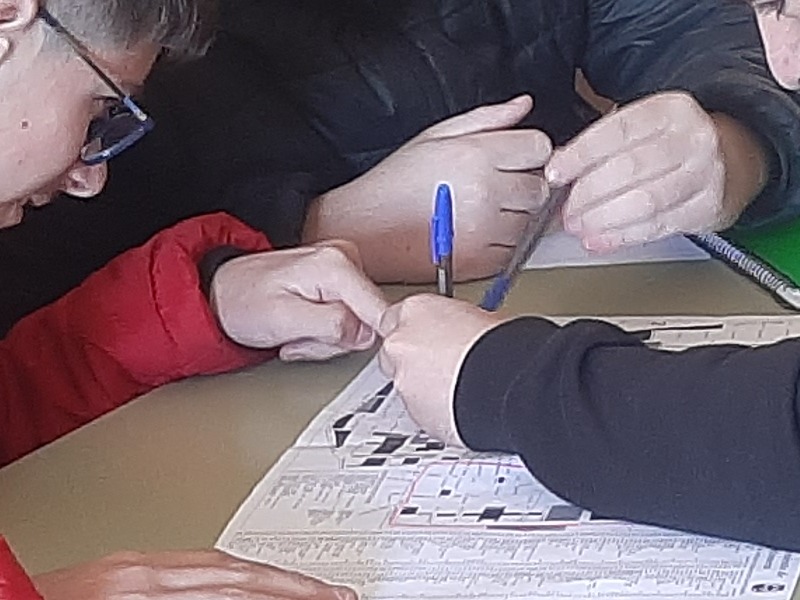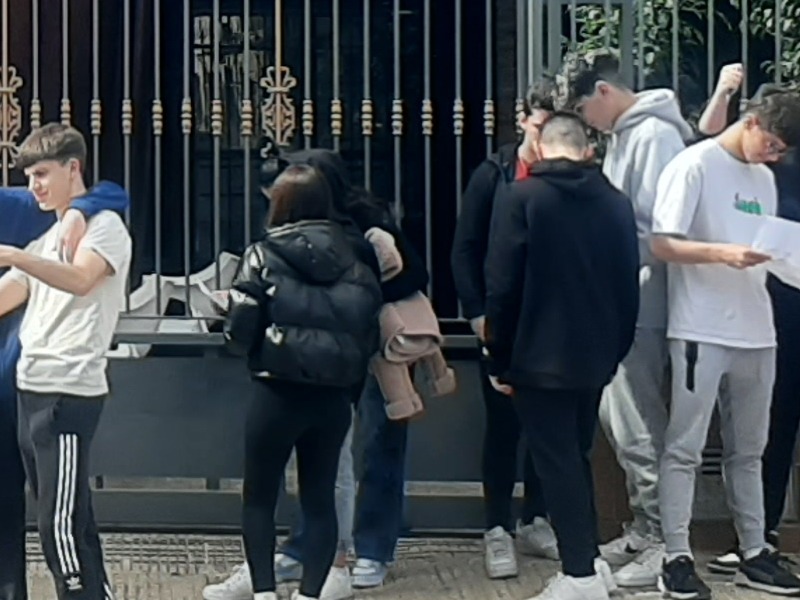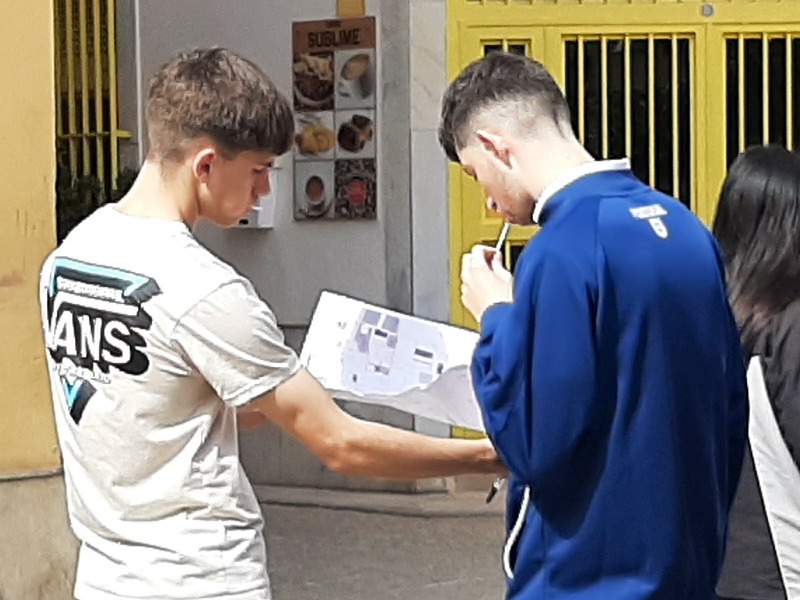
The goal is to explore shopping areas in the students’ local environment and understand the purchasing habits of their families and neighborhoods. The key competencies addressed include evaluating environmental conservation actions and acquiring and communicating information for self-learning and practical application.
The contents encompass the concepts of landscape and maps, as well as sustainable and circular economy principles. The methodology includes brainstorming sessions to define landscape and map concepts, individual work to design shopping maps for both families and neighborhoods, and culminates in the presentation and reflection on each student’s map. The project concludes with a recording of the work for presentation in Milan.
This activity integrates geographical and economic concepts with practical mapping skills while fostering an understanding of local shopping habits and their environmental impact.
To know the shopping areas in my environment and the purchasing habits of my family and my neighborhood.
Competencies:
a) To work on transitions and/or sustainability.
b) To work with heritage.
c) To work collaboratively pupils/pupils-teachers/pupils-community (experts, professionals, families…).
d) To connect the school with the community and the surrounding landscape.




Development of the activity by sessions:
The type of collaborative experience in the described activity, «MAP OF PURCHASING HABITS IN MY LOCATION,» is primarily project-based collaboration. Here’s how the collaboration is structured:
Overall, the project incorporates elements of both individual and group work, with a focus on individual map design and a collaborative component during presentations and reflections.
Sheets, colors, rules, compass and markers.
Knowledge and basic concepts to carry out the activity: We answer the questions: what is landscape for me; what is for me map.
Session 1: Presentation of the activity to the group. Justification of it.
Session 2: Design your family’s shopping map (Individual work)
Session 3: Design the shopping map of the people in your neighbourhood. (Individual work)
Session 4: Exhibition of each student’s map and explanation of how it was made. Reflection.(group evaluate)
Students give their maps to the teacher and evaluate the work done.
Students present their maps to the group. Students present to the group:
Session 5: recording to present the work in Milan

